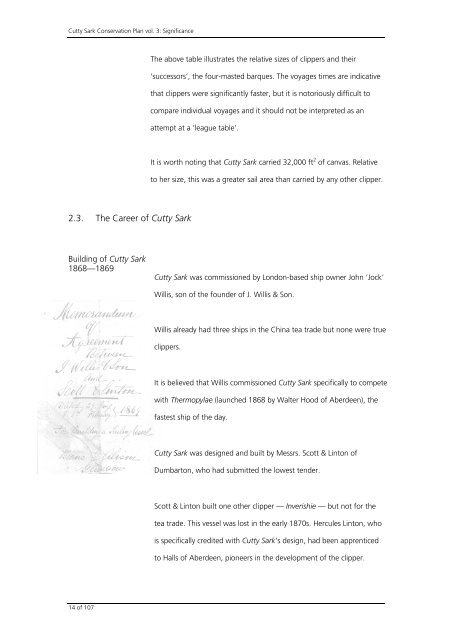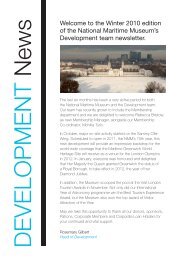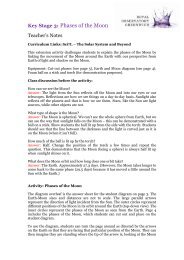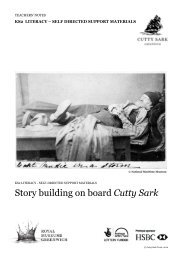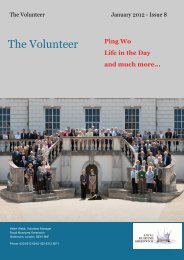Conservation Plan 3 Significance.pdf - National Maritime Museum
Conservation Plan 3 Significance.pdf - National Maritime Museum
Conservation Plan 3 Significance.pdf - National Maritime Museum
Create successful ePaper yourself
Turn your PDF publications into a flip-book with our unique Google optimized e-Paper software.
Cutty Sark <strong>Conservation</strong> <strong>Plan</strong> vol. 3: <strong>Significance</strong><br />
2.3. The Career of Cutty Sark<br />
Building of Cutty Sark<br />
1868—1869<br />
14 of 107<br />
The above table illustrates the relative sizes of clippers and their<br />
‘successors’, the four-masted barques. The voyages times are indicative<br />
that clippers were significantly faster, but it is notoriously difficult to<br />
compare individual voyages and it should not be interpreted as an<br />
attempt at a ‘league table’.<br />
It is worth noting that Cutty Sark carried 32,000 ft 2 of canvas. Relative<br />
to her size, this was a greater sail area than carried by any other clipper.<br />
Cutty Sark was commissioned by London-based ship owner John ‘Jock’<br />
Willis, son of the founder of J. Willis & Son.<br />
Willis already had three ships in the China tea trade but none were true<br />
clippers.<br />
It is believed that Willis commissioned Cutty Sark specifically to compete<br />
with Thermopylae (launched 1868 by Walter Hood of Aberdeen), the<br />
fastest ship of the day.<br />
Cutty Sark was designed and built by Messrs. Scott & Linton of<br />
Dumbarton, who had submitted the lowest tender.<br />
Scott & Linton built one other clipper — Inverishie — but not for the<br />
tea trade. This vessel was lost in the early 1870s. Hercules Linton, who<br />
is specifically credited with Cutty Sark’s design, had been apprenticed<br />
to Halls of Aberdeen, pioneers in the development of the clipper.


